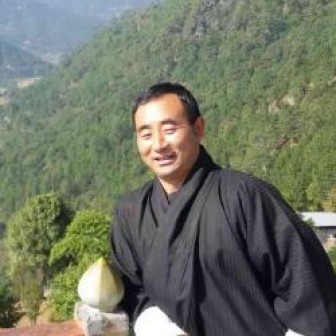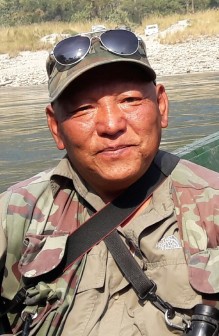



One of the least spoilt countries in the mighty Himalayan range, Bhutan boasts incredible mountain scenery and endless verdant forests, whilst shrouded in Buddhist myth and legend and replete with a plethora of incredible and beautiful birds!
On a typical day’s birding with us in this avian wonderland, you will find yourself in breathtaking surroundings searching for legendary birds in pristine forests, with mighty Himalayan peaks towering in the distance – all in all, Bhutan is a destination like no other! As we journey through this fabled land we will regularly cross dramatic mountain passes, that are adorned with brightly coloured prayer flags and chortens/stupas (temples), and these give way to vast countrysides often dominated by impressive dzongs (temple-fortresses) that so characterise this unique country. We look forward to having you aboard this adventure through a paradise of culture, birds and scenic vistas as we explore the heavenly riches of Bhutan!
Bhutan, a jewel between India and China, is about the size of Switzerland. Through centuries of self-imposed isolation, Bhutan has been able to preserve its spectacular environment and nurture in its unique culture. Drawing inspiration from its neighbour, Tibet, Tantric Buddhism has flourished and influenced art, crafts, and architecture for hundreds of years, and has shaped the Bhutanese way of life. During your adventure, you’ll get to know your expert Bhutanese guide who offers insight into the country’s long history and spiritual focus and show you the birds as you explore it’s elegant forests on hikes and sightseeing.


